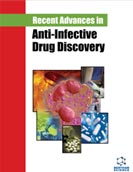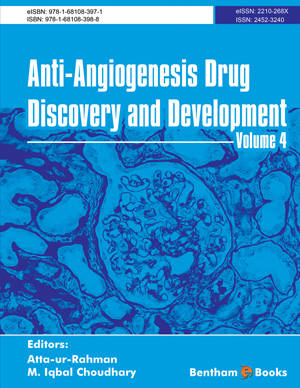Abstract
The blood-brain barrier (BBB) in brain microvessels maintains homeostasis of the brain microenvironment mostly through maintenance of tight junctions between brain vascular endothelial cells, thereby preventing passage of hydrophilic molecules or toxic substances from the blood to the brain. Vascular damage following embolic stoke leads to disruption of BBB, thereby eliciting brain edema. Therefore, microvascular endothelial cell is likely potential therapeutic target to rescue neurons from brain edema. Vasoprotective agents such as free radical scavengers, matrix metalloproteinase inhibitors and HMGCoA reductase inhibitors are potential candidates to inhibit BBB disruption. In this review, we focus on mechanisms of decreased brain infarction by these vasoprotective agents. In addition, nitric oxide and peroxynitrite are known to elicit cerebral microvascular injury resulting BBB disruption following cerebral ischemia. Of note, inhibition of nitric oxide synthase (NOS) attenuates BBB disruption following brain ischemia. We recently introduced a novel vasoprotective drug, DY-9760e, which is a novel calmodulin-dependent NOS inhibitor. We confirmed that DY-9760e, can protect microvascular endothelial cells in rat embolic stoke model, thereby attenuating BBB disruption. Taken together, we propose a therapeutic modality that target cerebrovascular would represent powerful approaches to prevent brain edema following cerebral ischemia.
Keywords: blood-brain barrier, edema, cerebral ischemia, matrix metalloproteinase, free radicals, nitric oxide synthase, peroxynitrite, vasoprotective agent






















